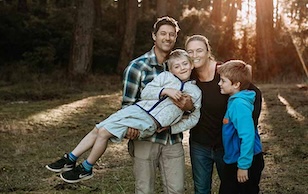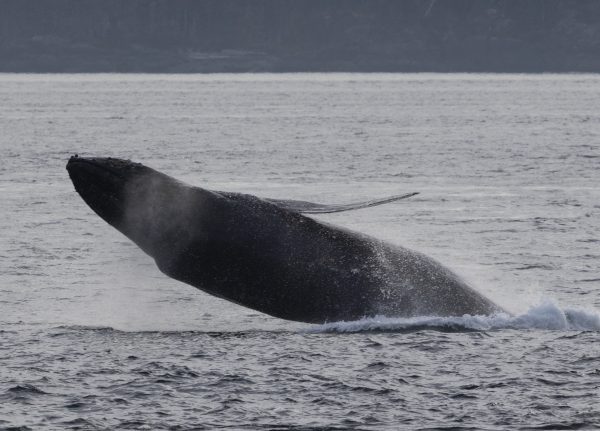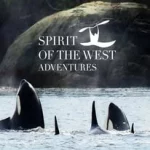March 26th, 2025
Written by Josh Silberg
In the channel off in the distance, a heart-shaped blow spouts three meters into the air. The spray lingers for a few fleeting moments before poooosh. There it goes again! What you’re seeing is one of nature’s most charismatic creatures taking a breath.
BC’S REBOUNDING HUMPBACK WHALE POPULATION
Humpback whales are a treat to meet and the coast of British Columbia is one of the best places to see them. Since the official end of commercial whaling in the mid-1980s, humpback whale populations in British Columbia have rebounded and they are one of the most common large whale species seen in BC.
Video taken by Breanne, owner of Spirit of the West. You can clearly hear her excitement to watch the whale so close to camp.
HUMPBACK BREACHING AND FIN SLAPPING
Humpback whales are known for their acrobatics, like the unforgettable breach — a powerful leap where the whale almost completely jumps out of the water before crashing back into the ocean with a massive splash. If you see one breach, keep your eyes ready in that same spot as humpbacks have a habit of breaching more than once.
Humpbacks are also commonly seen smacking their tails or pectoral fins (flippers) on the water. Scientists believe these behaviours are used for communication or to remove parasites. In the case of breaching, it might be just for fun!
Photo credit: Ian Young, Whales and Wilderness Glamping
HOW TO SPOT HUMPBACK WHALES
Beyond the blow, there are a few other signs that what you’re seeing is a humpback whale. At up to five meters long, their giant flippers can be a third of the length of the whale itself. No other whale has such long flippers compared to its body size. Like their name suggests, humpback whales also have a characteristic hump, as well as a small dorsal fin on their back.
Humpback whales can remain below the surface for up to half an hour, although you often don’t have to wait that long for them to resurface for a few breaths. Before they dive deep, humpbacks usually lift up their tail (or fluke) high into the air.
Photo credit: David Hartman, Whales and Wilderness Glamping
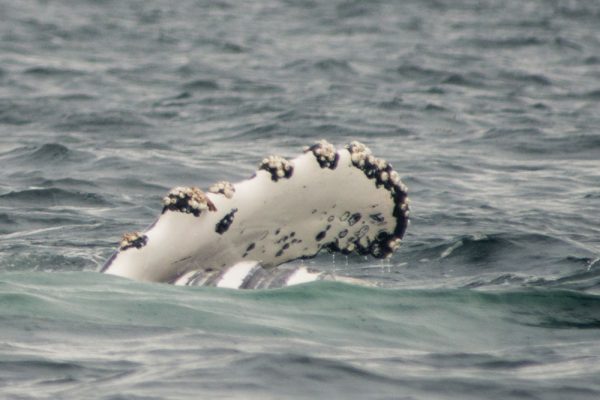
On what tours is it likely you would see whales?
Our tours in the Johnstone Strait and Blackfish Sound offer you the best chance at seeing humpback whales in British Columbia. This includes:
- Whales and Wilderness Glamping (5 days)
- Johnstone Strait Ultimate (4 days)
- Johnstone Strait Expedition (4 days)
- Whales and Wilderness Expedition (6 days),
- and our Ultimate Family Adventure Tour (4 days)
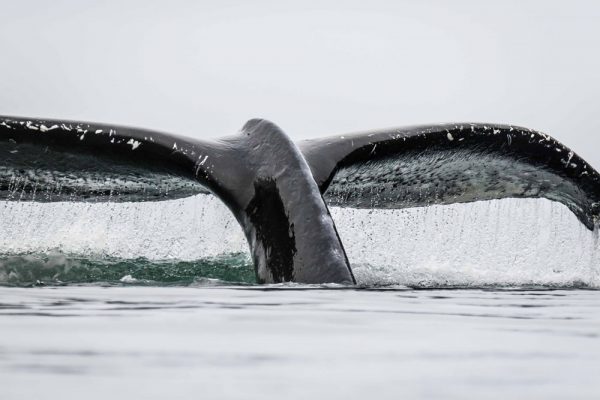
IDENTIFYING INDIVIDUAL HUMPBACKS
If you’re at a safe distance, try snapping a picture of the underside of a humpback’s tail. Scientists use the black-and-white patterns on the fluke to help tell individual humpbacks apart.
Photo credit: Mike Patten, Whales & Wilderness Glamping
You can upload fluke photos to a citizen science project called Happy Whale. If the whale is a known animal, the program will tell you more about that individual and what we know about them. If it isn’t a known animal, you’ve just added a new whale to the database!
Another great place to upload your whale and dolphin encounters is the BC Cetacean Sightings Network, a collaborative effort by the Vancouver Aquarium and Fisheries and Oceans Canada. This information is immensely valuable to scientists who track the movements of humpbacks and other species, as well as how the species is doing in the province.
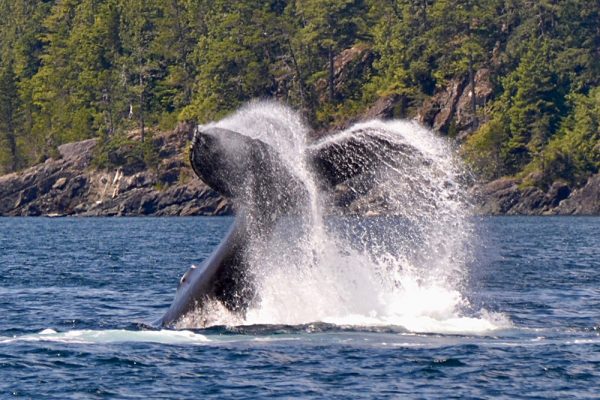
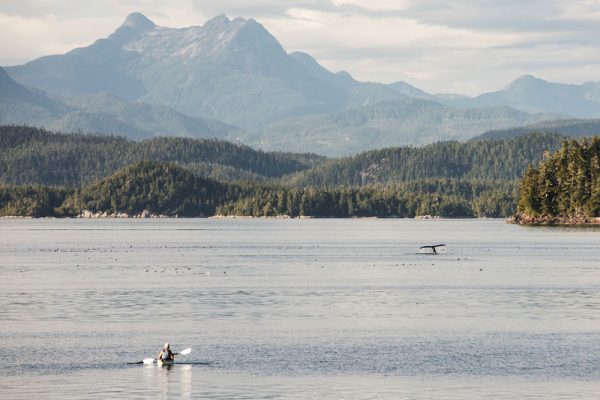
HUMPBACKS MIGRATE THOUSANDS OF KILOMETRES
The humpbacks you see in BC likely came from a long way away for a meal. Most of the humpbacks here migrate thousands of kilometres every year to winter breeding grounds in Hawaii, Mexico or Japan. Come spring and summer, the whales return to the coasts of BC and Alaska to feed on krill, herring, and other small fish.
Some whales enjoy BC so much they’ve become residents and stay here year-round. Can you blame them?
Photo credit: David Hartman, Whales and Wilderness Expedition
“Spirit of the West has been offering kayak and camping tours in humpback territory since 1997. Very quickly, you will feel the magic and calming energy of these majestic giants. We are still convinced; there is no better place to experience their size, power and grace than from water-level in a kayak or from a tent overlooking the Pacific- the whales’ habitat.”

